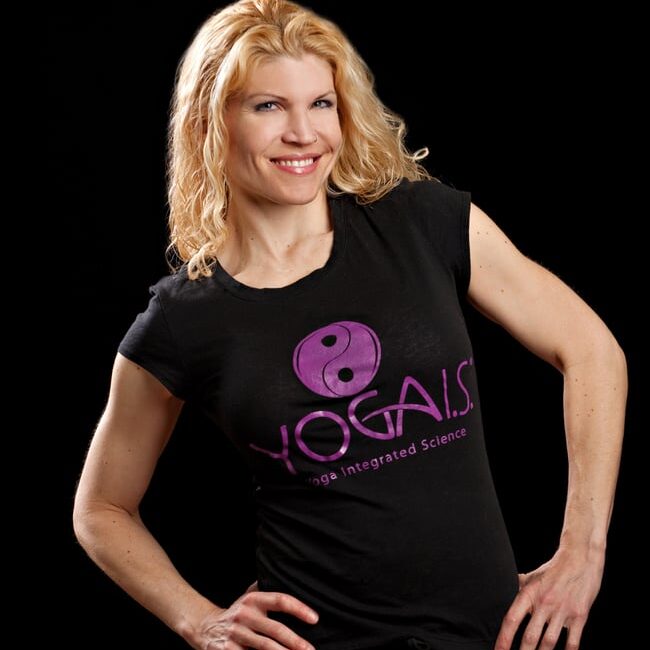
Lauren Eirk
Lauren Eirk
Certifications: ACE, AEA, AFAA
Article Archive
For most of us, being content with what we have, who we are, what we do and what we look like is very challenging. We are flooded with images of people who are better-looking, have more wealth or are better at doing something than we are. And it will always be that way. We can’t control how beautiful, successful or talented others are. What we can do is avoid comparison—and practice contentment with who we are. For those of us who study yoga, that includes contentment with our asana practice and with our physical limitations.
Read MoreWhen teaching yoga, what are the fundamental, or central, themes to focus on, and among the numerous poses, which are the most important ones for your students to practice? In yoga, the following themes are essential:
Read MoreHatha yoga, the yoga that uses the body as a vehicle for meditation, has consisted of 84,000 asanas, or poses, throughout history. Open the book Light on Yoga by B.K.S. Iyengar and you could feel overwhelmed by all the poses it describes. When teaching hatha yoga, what are the fundamental, or central, themes to focus on, and among the numerous poses, which are the fundamental, or most important, ones for your students to practice?
Fundamental
Themes of Yoga
In yoga, the following themes are essential:
Read MoreSome people believe that stretching before exercise lowers your injury risk. However, research has found that mild stretching can cause damage at the cytoskeletal level of the muscle (Bracko 2002). Static stretching has an analgesic effect; the body uses this protective mechanism to increase tolerance for pain during stretching. Once this effect is triggered, it’s not a good idea to add more c…
Read More

